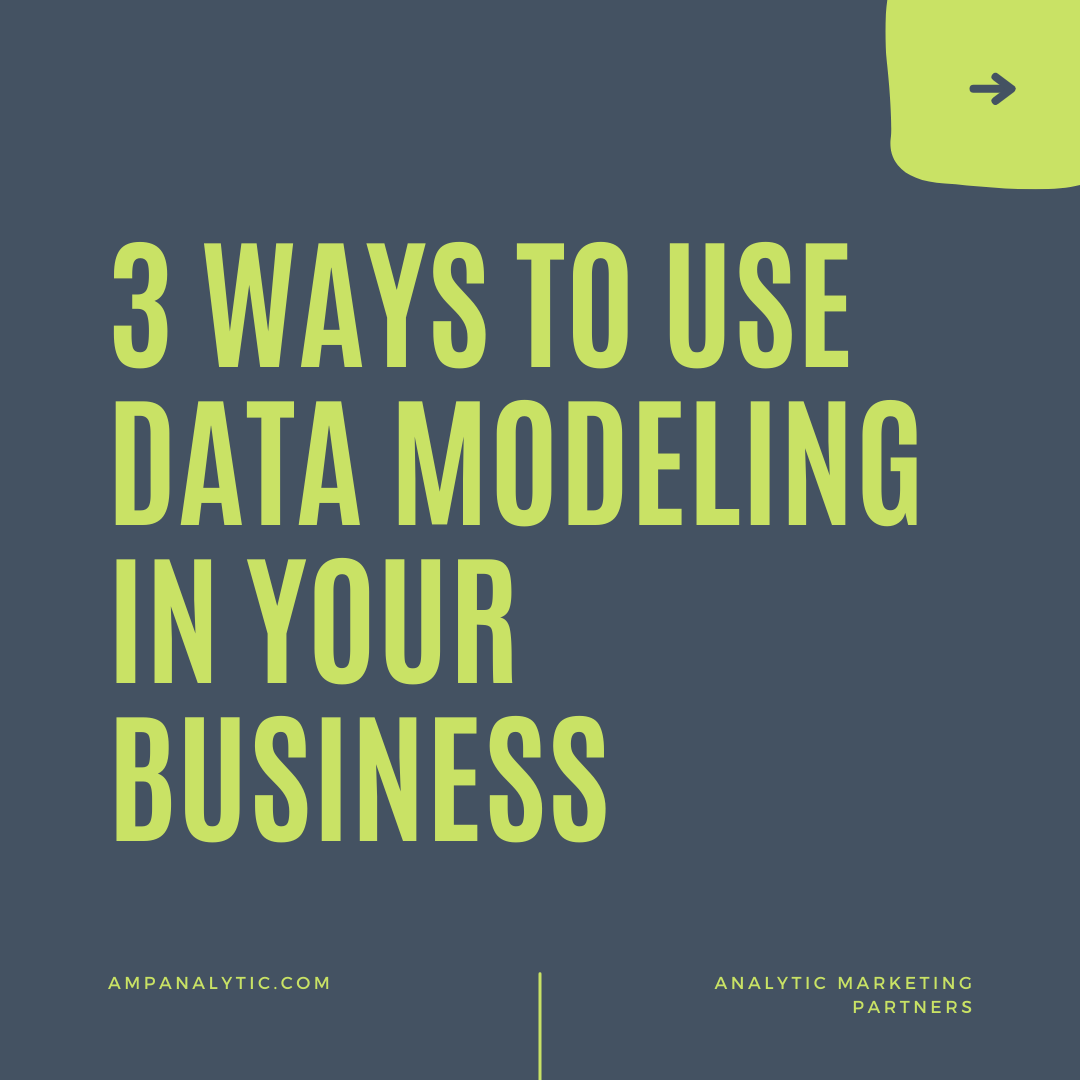
It’s no secret everyone is collecting data on their customers from credit card companies to local grocery stores to social media apps and online retailers. Data is critical in helping businesses improve their customer experiences, stock their shelves, and target new customers. But what exactly is data modeling and how can you use it in your business?
Data modeling is a tool that data scientists design to understand all of the data you gather about your customers.
You might have over a thousand pieces of information about your customers but what does it all mean? Well, that’s where modeling steps in. The data points are analyzed and presented in such a way that you can take the information and apply it to growing your business.
You don’t need to be a lover of statistics, spreadsheets, or coding to appreciate data modeling. You can leave the number crunching to the data scientists and use their insights to help optimize your marketing. While there are many ways modeling can help you, some of the top ways are customer profiles, identifying your best prospects, and analyze campaign performances.
Discover Customer Profiles
Data modeling starts with discovering who your current customers are. This information extends beyond general demographics such as age, gender, and income to hundreds of data points. This data can include anything from where exactly your customers live to how many kids they have to which customers play tennis.
Data modeling will sort through your customers’ demographics, behavioral and lifestyle data, and spatial data. All of this information lets you know who your best customers are and what they are like. You can use the information in your customer profiles to design your advertising content for them. This information is also used to help you find new prospects.
Identify the Best Prospects
Once you have a customer profile, you can use that information to identify others who look like them. Data modeling will sort through all of the people in your target audience and score the individuals. You can see out of 750,000 prospects in your target audience which 20,000 individuals are the most likely to respond.
Data modeling allows you to stop guessing who you should advertise to and helps you make informed decisions. You might send direct mail and digital ads to the top 15,000 people and then send digital only to the next 30,000 people. When you know who your best prospects are, you can invest your advertising dollars wisely and see a higher ROI because you’re targeting people who are the most likely to respond to your offer.
Analyze Campaign Performances
Marketing is constantly changing, and the most effective marketers know that there isn’t a perfect formula or campaign. You need to continually refine your advertising efforts. Your audience will grow and change, and what works today may not work in 3 months.
Data modeling helps you optimize your marketing by analyzing campaign performances. This is called a response analysis or a campaign matchback which is where data scientists match up the individuals you advertise to and who made purchases.
When you run data models and target individuals, this is easy to do. When you market to a target audience and don’t know who those individuals are, there’s a lot of guesswork in how your campaign performed. Knowing exactly who responded, lets you analyze all aspects of your campaign to see what worked and what didn’t. It also allows you to run better A/B testing on your marketing.
Data modeling is a power tool that allows you to know who your customers are, identify other individuals who look just like them, and see who exactly responded to your marketing. You don’t have to understand how data modeling works to use the insights it provides.
If you haven’t tried using modeled data, partner with a team of data scientists and see the impact of using good data for yourself.
